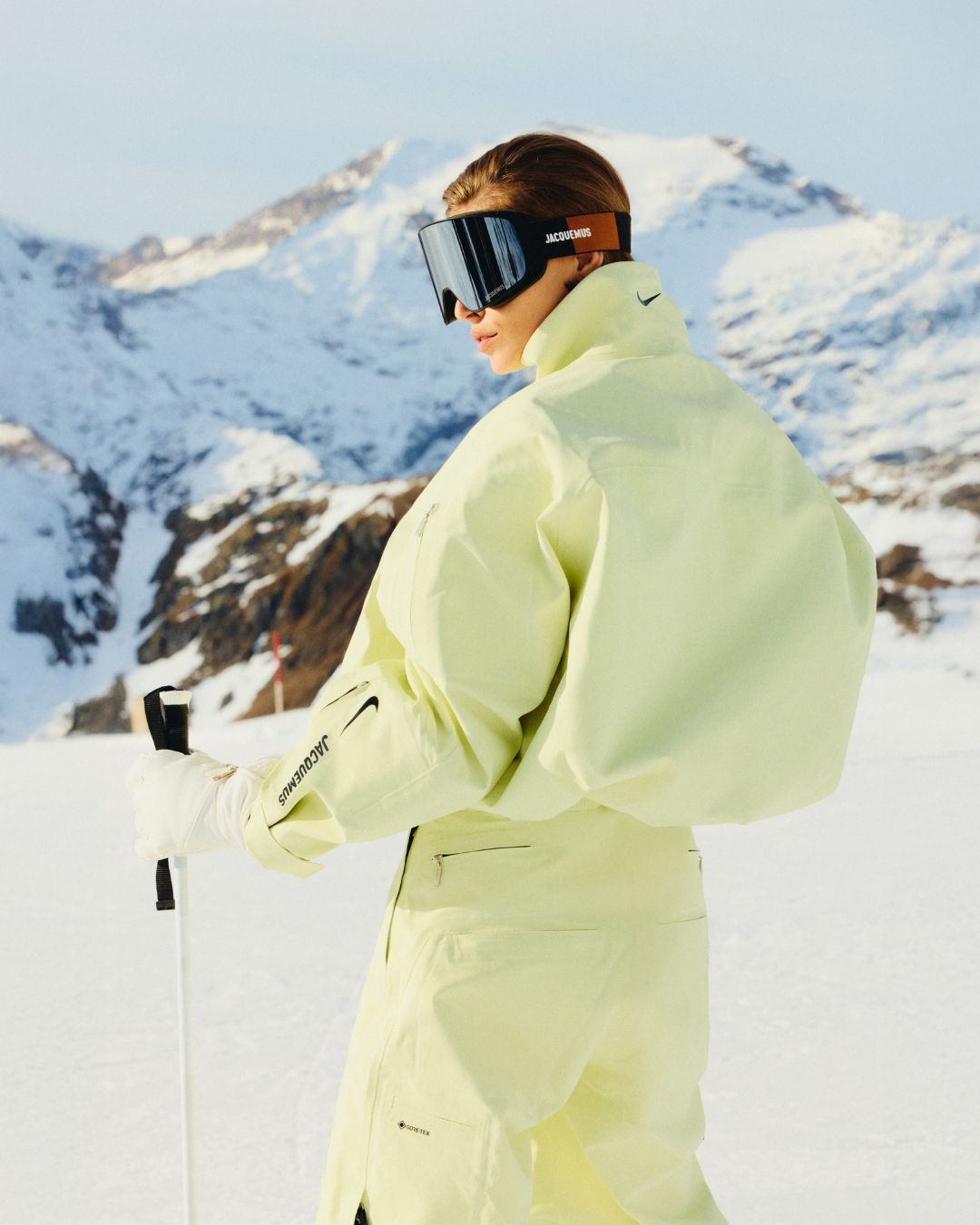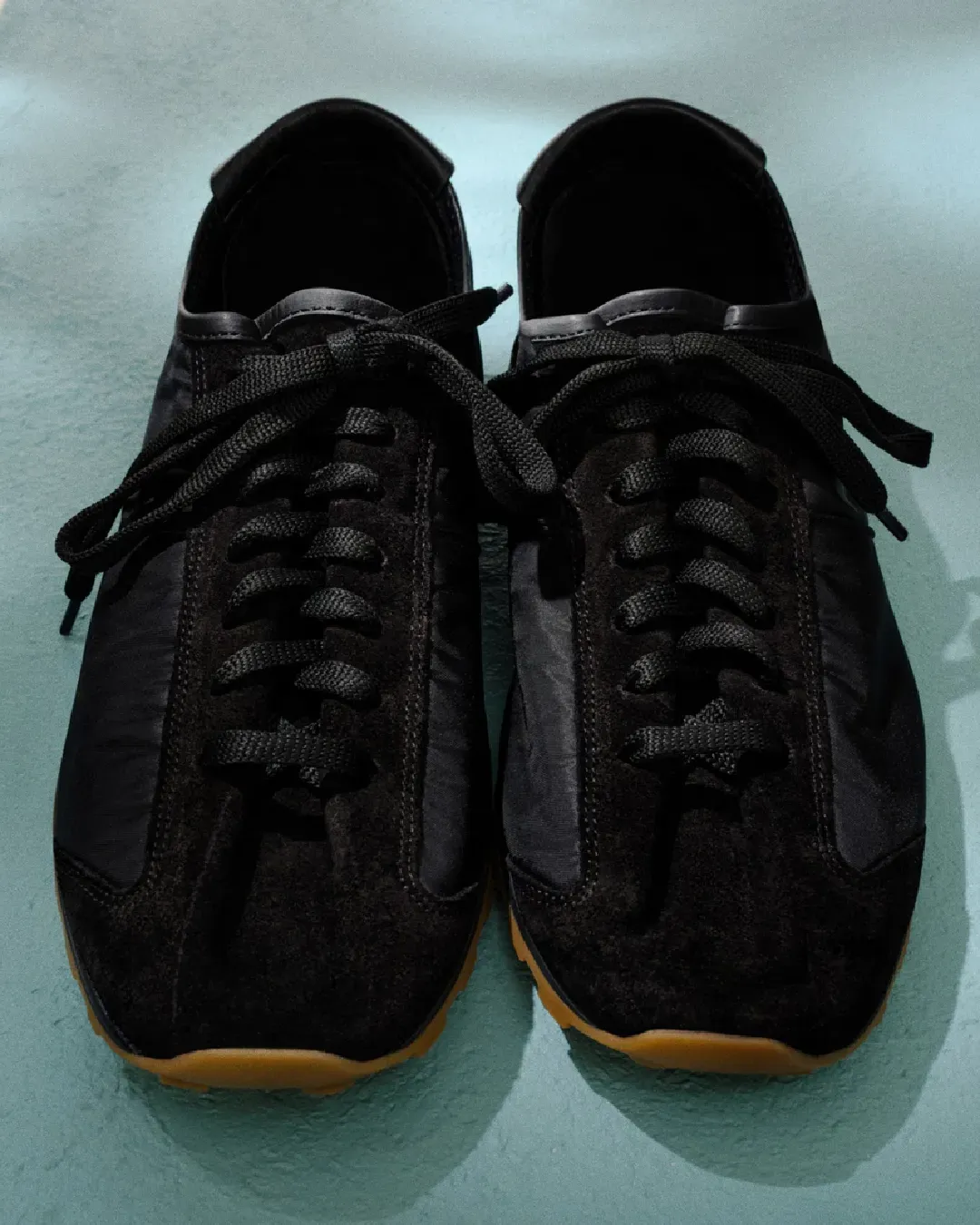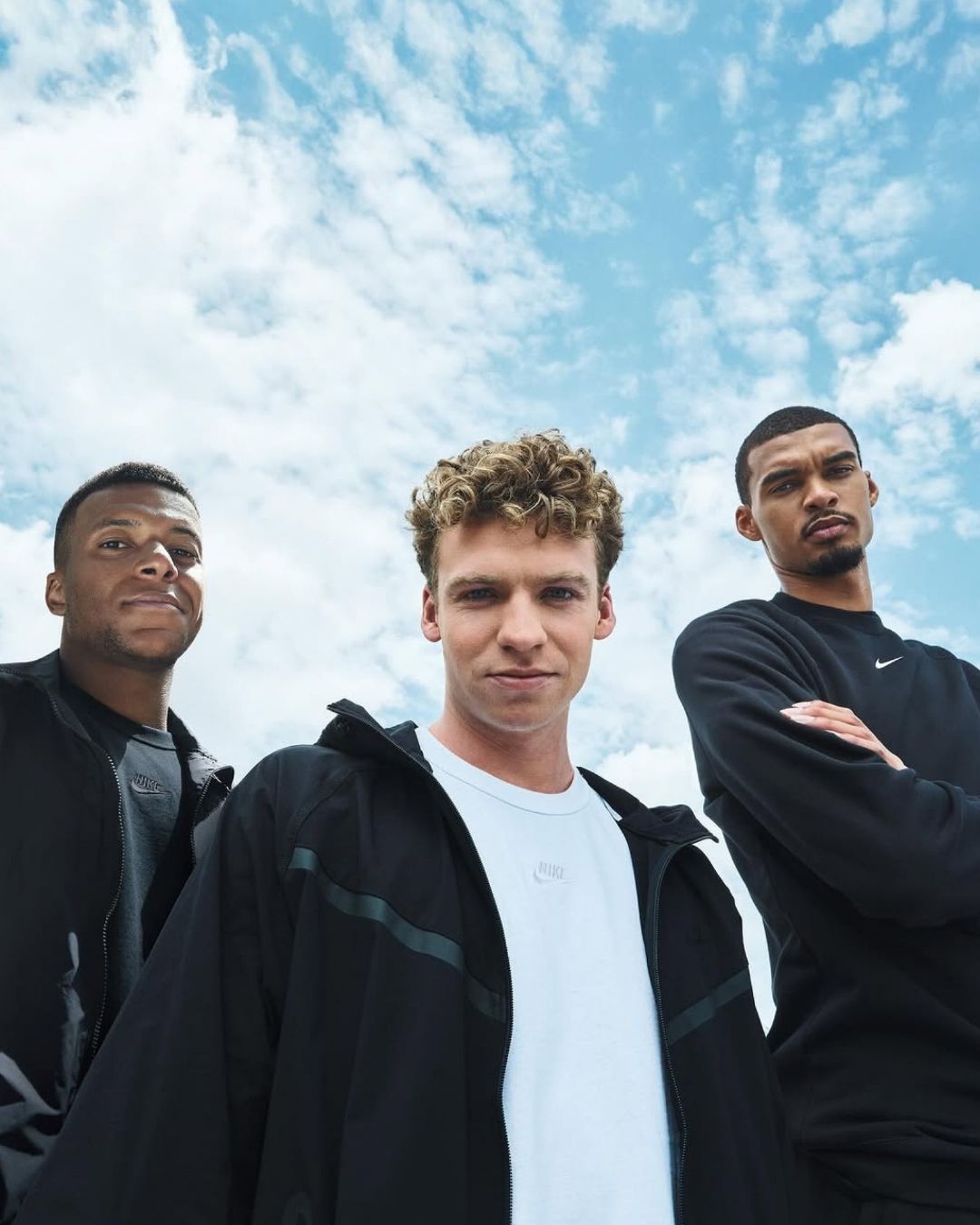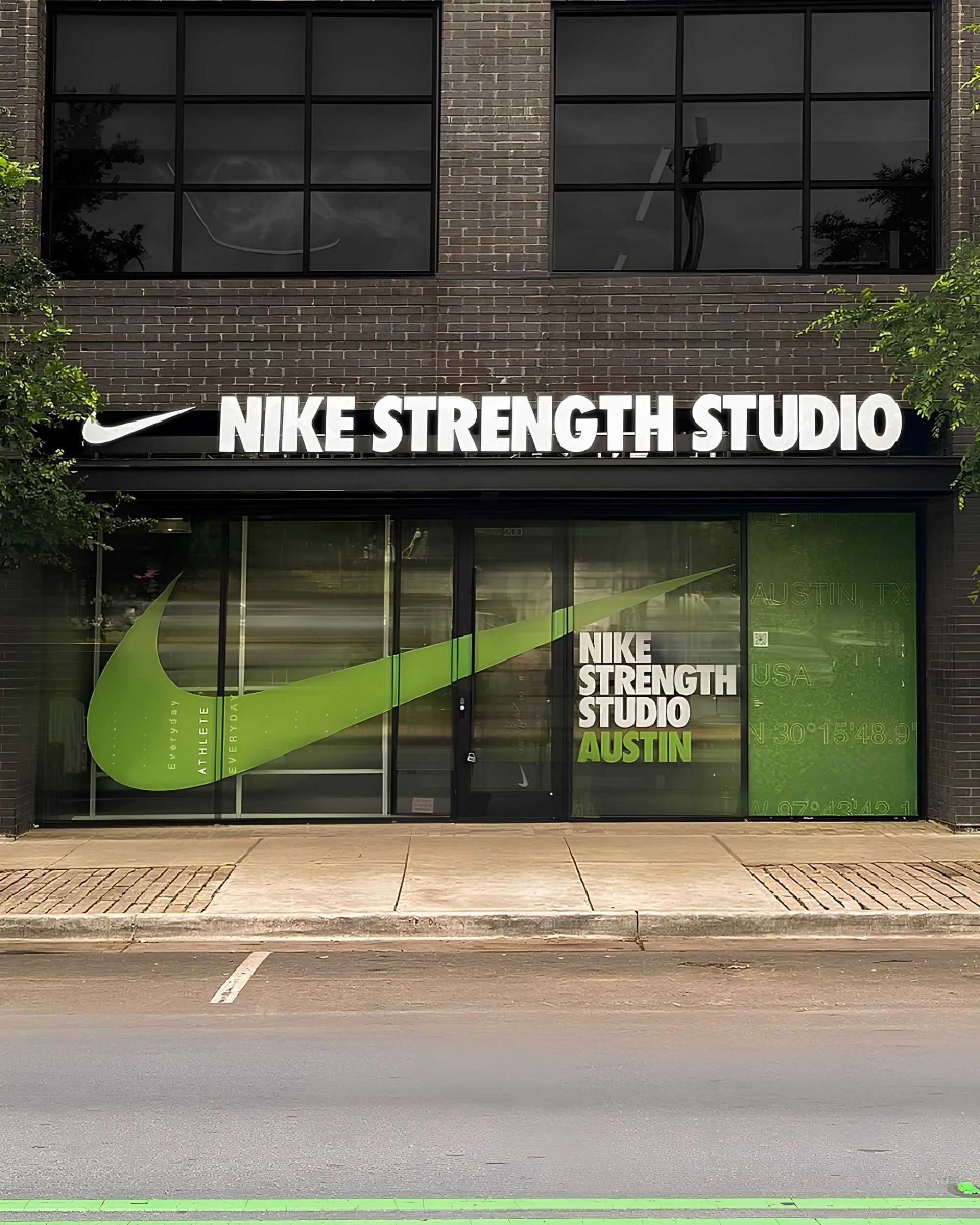
What is happening at Nike? The situation is concerning for professionals, athletes, and enthusiasts
In December 2023, Nike shared forecasts for the fiscal year ending in May: it would be the worst performance for the company since the late 1990s, excluding the pandemic-affected 2020 and the 2009 economic crisis. In the United States and China, Nike's two most important markets, sales in 2023 were increasingly disappointing quarter after quarter. Additionally, Beaverton's brand shares dropped by 20% in the last year, while international competitors like Lululemon, Deckers (owner of Hoka), and of course, adidas, experienced significant growth. The confusion arises from strategic decisions at the top management level: in June 2023, as explained in this Business of Fashion article, the Swoosh returned to selling its products through wholesale channels like Macy's. This reversal shows that even a sportswear giant like Nike can, firstly, lack proactiveness and foresight, and secondly, need the help of partners who have historically contributed to the company's commercial success.
The Arrival of John Donahoe
@cnbc #Nike CEO John Donahoe said #China – the #sneaker giant’s third-biggest market by revenue – is vital to Nike. He added it is important to adhere to the country’s local standards, while not violating any “global rules,” such as human rights violations. Visit the #linkinbio to learn why Donahoe says disengaging from China would be "disastrous" amid rising geopolitical tensions. #CNBC #geopolitics #retail #sneakers original sound - cnbc
An important chapter in Nike's recent history revolves around Chief Executive John Donahoe. Appointed in 2020, Donahoe pushed the company to focus its lifestyle drops on the reissue of retro sneakers such as Dunk, Jordan, and Air Force 1. The strategy yielded more than decent results for Nike: in the fiscal year ending in May 2021, Nike's sales increased by 19%. However, while Jordans dominated sales charts on StockX and other platforms in 2021 and subsequent years, Nike's interest in performance products began to take a back seat. For example, it has been years since Nike introduced flyknit material to the market, which quickly became essential for both lifestyle and sport-oriented products, such as cleat collars finished with the material itself.
The Cultural Weight of Nike
@golfhub.1 The “you’ll learn” says it all #tigerwoods #rorymcilroy #golf #golftok #golfswing #foryoupage #fypシ original sound - Golf Hub
Over the years, Nike has substantially reduced its roster of five-star athletes. With expired contracts, sanctions, and more (notably Kyrie Irving and Tiger Woods), it's certainly more challenging to view the Swoosh with the same eyes as before. There are fewer advertising campaigns depicting athletes as true superheroes, with many left to age on YouTube as a testament to a bygone era. In short, Nike's new approach to sportswear seems to have cost them some of their cultural weight in both the fashion and sportswear landscapes. John Donahoe's direction has led the brand to focus primarily on selling evergreen items wearable by anyone: Dunk and Jordan have long dominated TikTok and Instagram feeds, becoming part of the cool kids' weekly rotation. This implies that today, Nike seems to consider the recognizable marketing it has always relied on as secondary, preferring to concentrate on micro-influencers and smaller communities. We can only wait to see what the coming months of 2024 will bring for Nike, which, amidst the European Championships and Olympic Games, could symbolize a unique opportunity to attempt a "return to origins" eagerly awaited by anyone with a significant connection to the Swoosh, directly or indirectly.















































